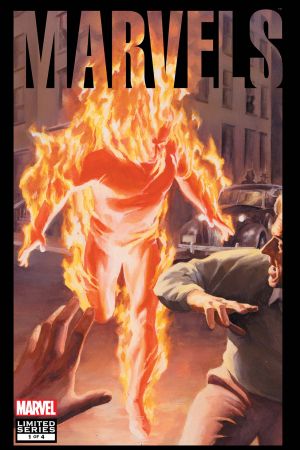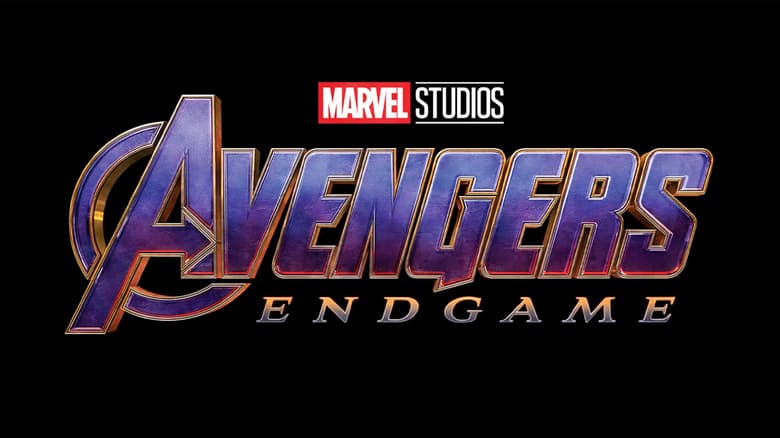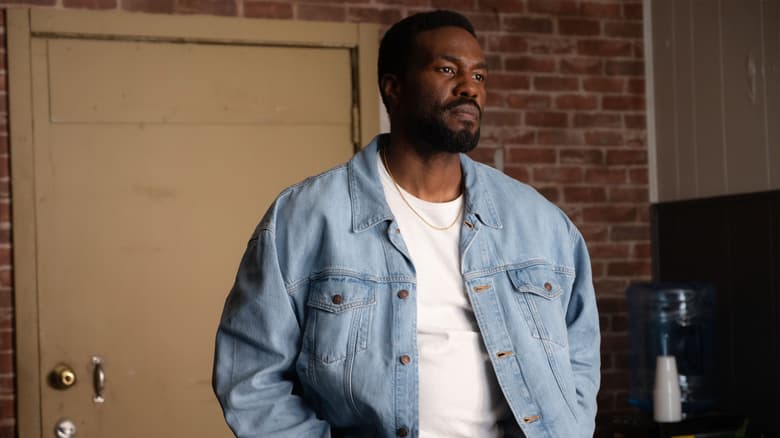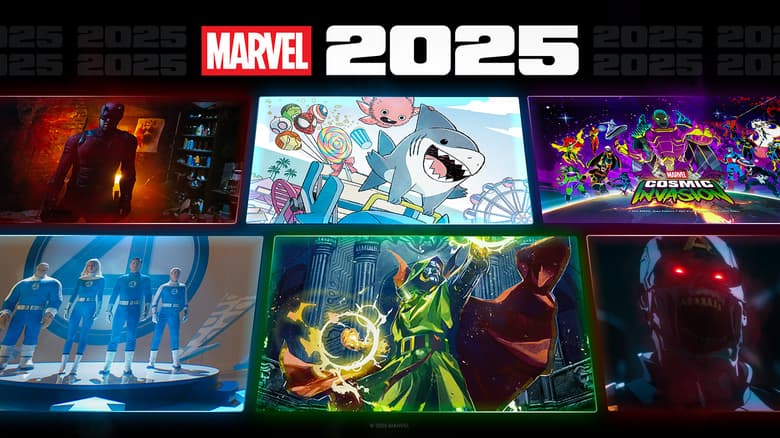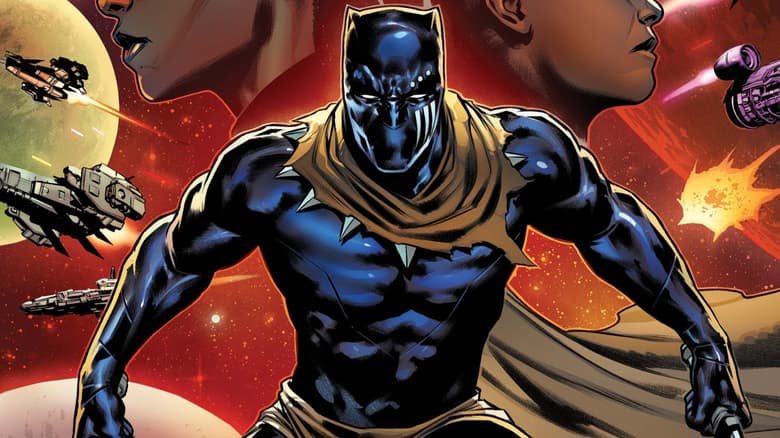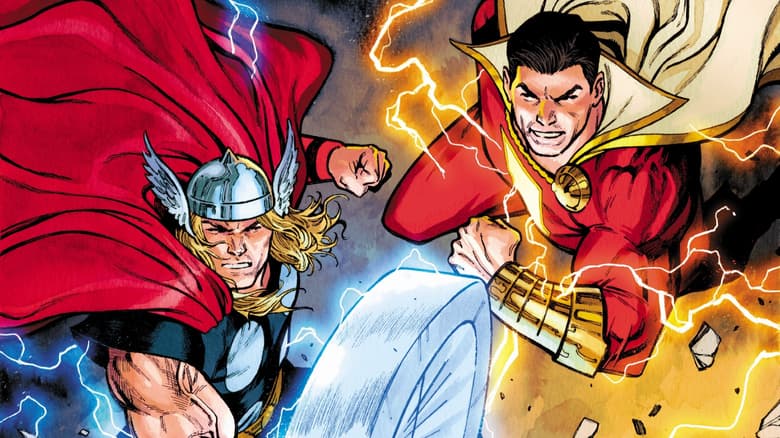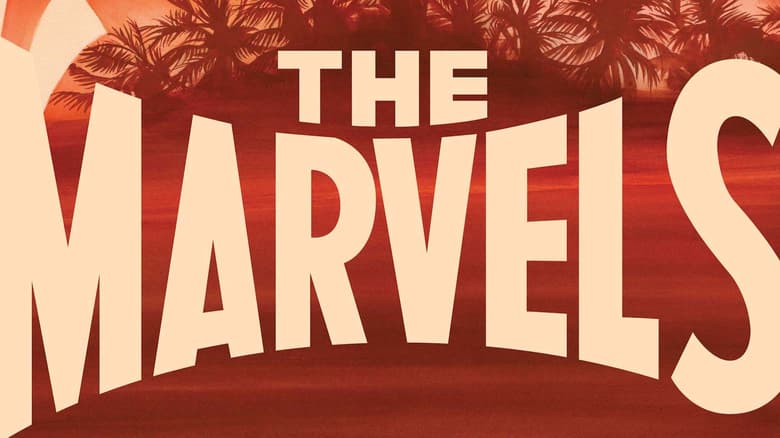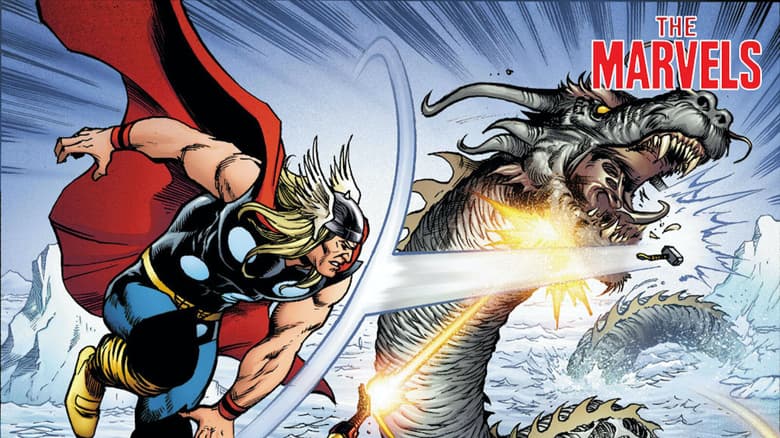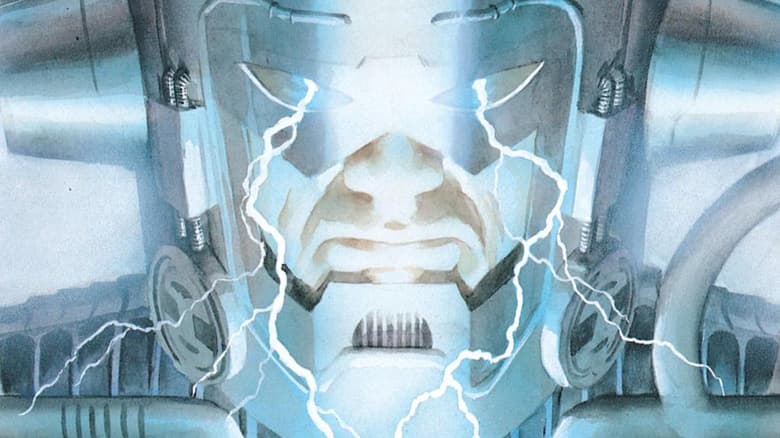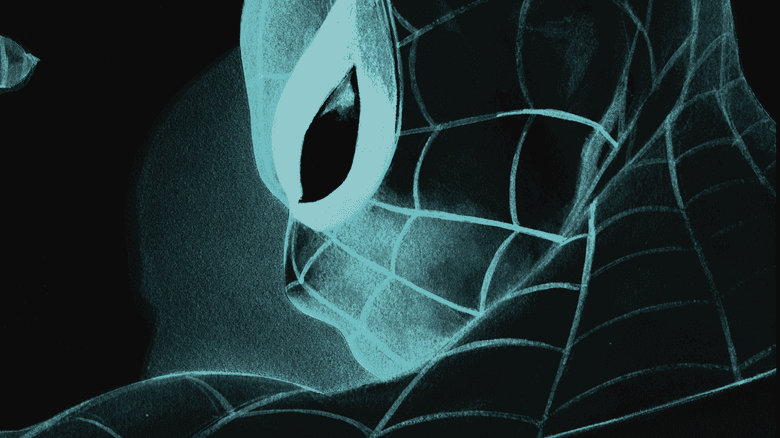An In-Depth Interview with Kurt Busiek on Marvel, 'Marvels,' and More
Join the legendary writer for a wide-ranging chat as 'Marvels Snapshots' and 'The Marvels' come to your local shop!
Take a guided tour of Marvel's mightiest creators with Marvel Tales! Ben Morse, currently a visiting lecturer at UNLV, previously spent a decade working within the House of Ideas. In each installment of this series, he utilizes that insider knowledge—plus his lifelong fandom—to connect with comics professionals as they spin stories about the Marvel Universe and its inhabitants!
In 1994, Kurt Busiek made history with a story about history—the history of the Marvel Universe.
The four-issue MARVELS limited series written by Busiek introduced the world to the fully painted art of Alex Ross and chronicled the Marvel U in its nascent years, from the first emergence of Namor and the original Human Torch, through the debut of Captain America, on into the Fantastic Four taking on Galactus, the X-Men’s struggle against the Sentinels, and an early tragedy in Spider-Man’s career. This landmark project would not only cement the writer as a top tier talent, opening the door for later acclaimed runs on titles likes AVENGERS (1998), it also inarguably altered comic book storytelling as we know it.
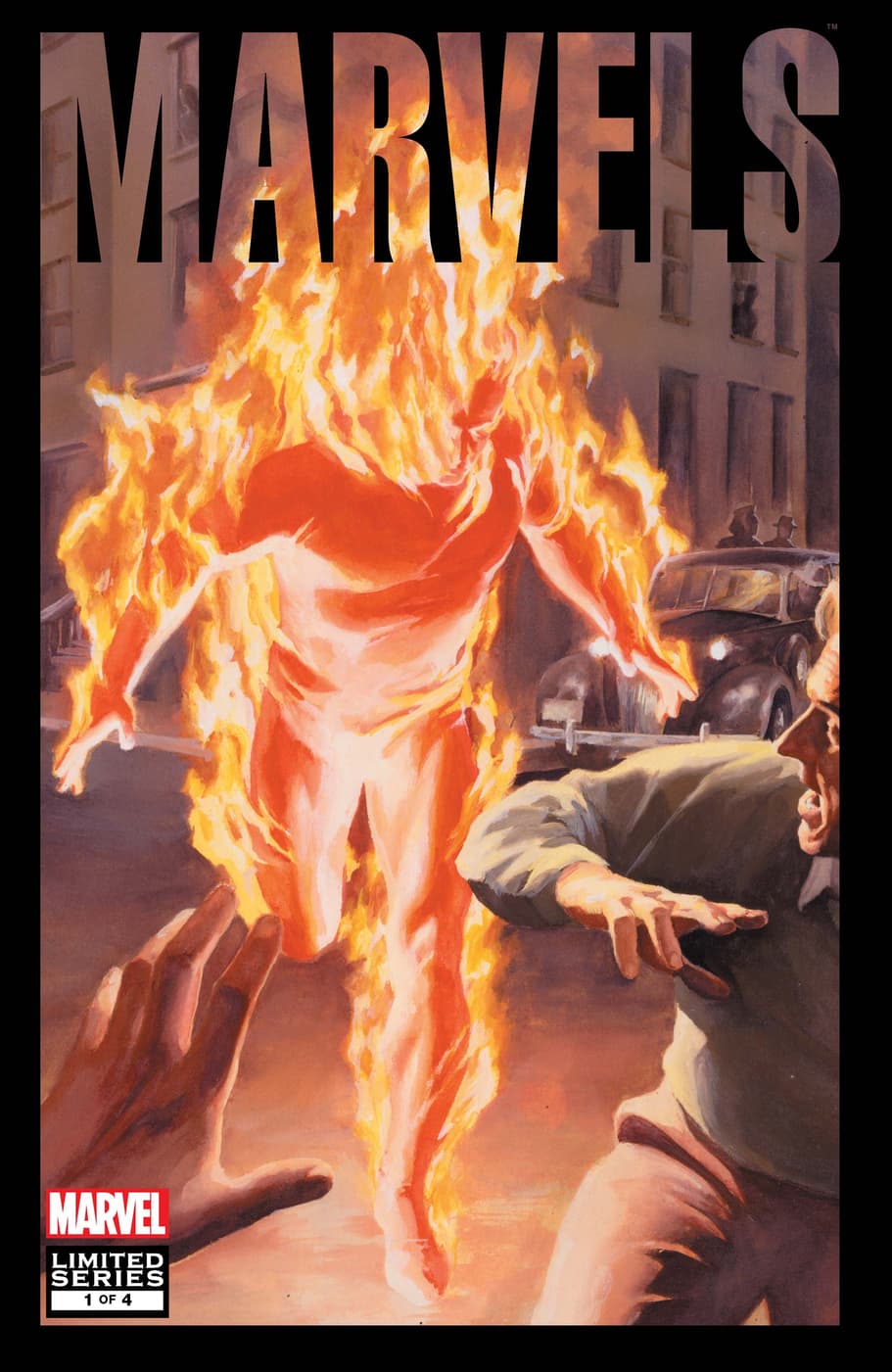
Busiek and Ross’s “everyman” approach, telling tales from ordinary photographer and family man Phil Sheldon’s point of view, spawned a style of approaching Super Hero action that would resonate the remainder of the decade and on to the present day. Many modern classics owe more than a tip of the hat to MARVELS.
Now, 25 years later, both Busiek and Ross have returned to the scene of their triumph, launching a wave of new initiatives spinning from the spirit of MARVELS. In particular, the MARVELS SNAPSHOTS series of one-shots sees the scribe curating a collection of creators on new stories featuring seminal stars such as the Sub-Mariner, while THE MARVELS is a new ongoing tale from Busiek himself.
We sat down with Kurt to get some perspective on the past, present, and future of MARVELS—and the universe it has spawned.
It’s been nearly 30 years since MARVELS—at the time you were working on the project, did you anticipate it having both the impact and legacy it has achieved?
Oh, not at all.
I mean, Alex and I were basically nobody, at the time—Alex was a talented painter, but he’d done very little in comics, and I was a journeyman writer who’d been doing fill-ins and mini-series and such. Neither of us was a name. And the series we were doing here—well, it was about a little one-eyed guy who wandered around through Marvel history going, “Whoa, look at that!”
It was an unusual, hard-to-describe idea, and “historical” series weren’t big sellers or anything. So we didn’t have expectations. We thought it would be good comics, of course, but we didn’t expect tons of readers to be excited about seeing a tour through the past—we just hoped it would be seen as a nice side project that might give us the chance to do other things in the future.
I thought the second issue would be the one that might sell best, since it had the X-Men in it and the X-Men were hot. Even if we didn’t have the modern X-Men. As it turned out, the second issue sold the worst, because orders were already closed by the time the first issue came out, so once retailers saw it flying off the shelves, they cranked up orders on the third and fourth issues, but it was too late to order more of the X-Men issue. I make a lousy prophet.
The point at which we started to think it might be some kind of success was late in the process, when we realized that Marvel’s president was hand-selling it at conventions, telling people “Hey, hey, look at this,” and showing them advance art. If he was excited about it, maybe that meant something.
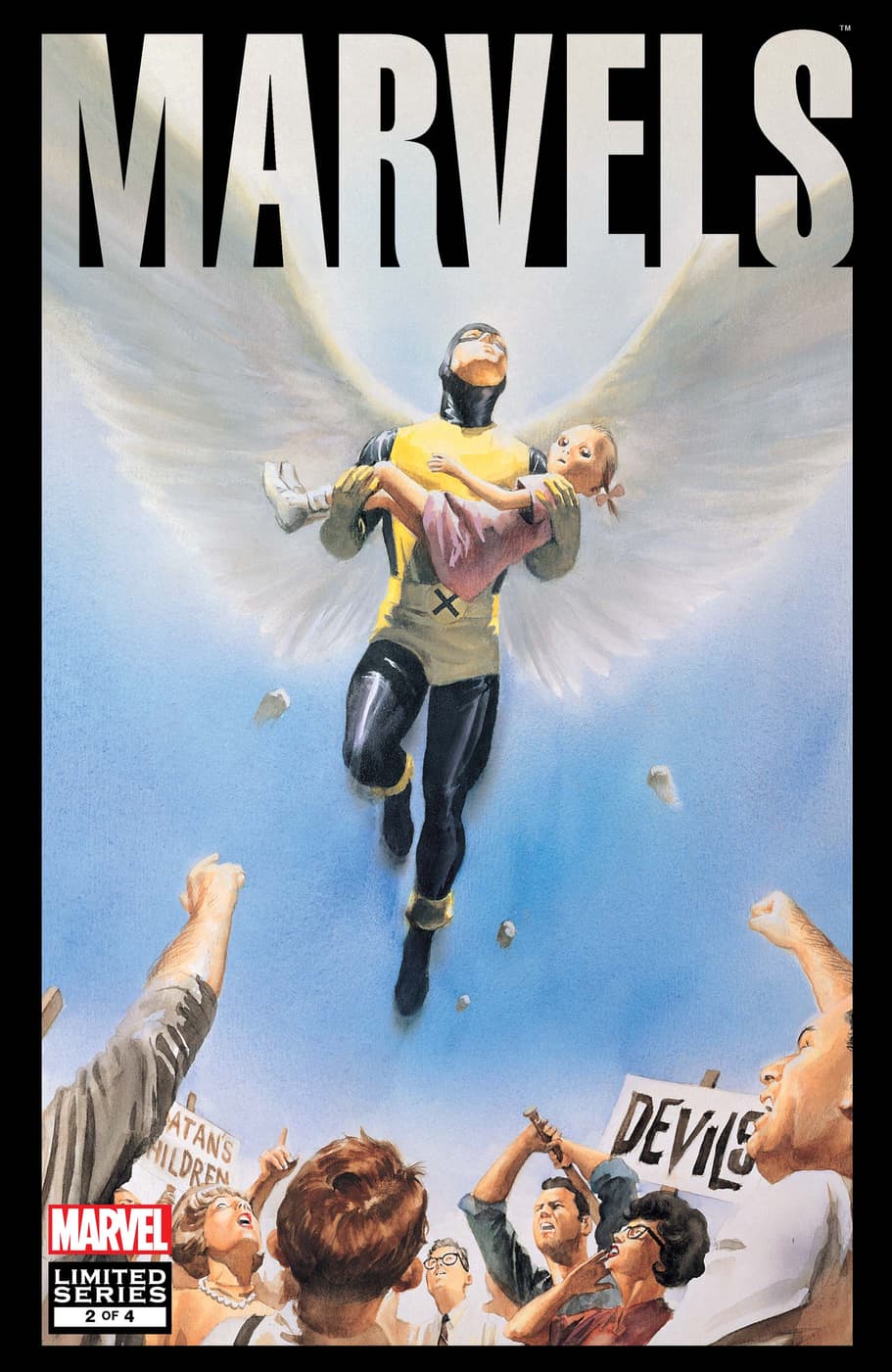
And then #1 hit the stands and it was kinda seismic. But it wasn’t anything we would have predicted going in.
How did MARVELS alter the trajectory of your own career?
Slowly. But kinda permanently.
Alex was immediately hot, of course. People loved his art and rightly so, and he was able to build his own follow-up series with Kingdom Come, and do it the way he wanted.
I went from being a name nobody remembered to a name people did remember, but the story in MARVELS was so specific, it took a while for that to turn into something. I remember Mark Waid suggested me as a new writer on Legion of Super-Heroes, and the editor was skeptical, saying, “Well, he’s a good writer, but MARVELS…it’s not the kind of tone we want for Legion, is it?” As if I could only write that kind of thing for the rest of my life.
At Marvel, they were very interested in a sequel, which kind of famously fell apart, and asked if I had other ideas, which got developed a little but didn’t really go anywhere. And on the strength of the success of MARVELS, I was offered…ECTOKID. And NIGHT THRASHER.
I passed on ECTOKID, but I wrote NIGHT THRASHER for a short run. Which turned out to be a good thing, because two issues into my run, the book was handed to Tom Brevoort to edit, and Tom and I have worked together a lot since then.
So after MARVELS, I had a name people recognized, but it wasn’t until I started Astro City at Image and UNTOLD TALES OF SPIDER-MAN (1995) at Marvel—with Tom Brevoort!—that people got to see me do ongoing books, and responded well to them for different reasons. And that led to THUNDERBOLTS (1997) which led to AVENGERS and IRON MAN (1998), and that was where things really solidified for me, I’d say.
So MARVELS opened the door to all that, but it was about a four-year process.
Why do you believe MARVELS has stood the test of time as a story you can hand to any fan looking to get into the Marvel Universe?
Well, I think it was a good book, for one thing. And it wasn’t part of a crossover or some period of Marvel that all got overturned when some new creative team did the Next Big Thing on whatever series. It was self-contained, and got to be regarded as a classic—in part because it was its own thing, like Dark Knight Returns or Watchmen, and in part because it was an emotionally engaging story with wonderful art and storytelling.
But I think you put your finger on something in your question—we didn’t realize it when we were doing it, but it is a pretty good introduction to the Marvel Universe. You read MARVELS, and you get to see how the heroes started, and how there was all this WWII stuff, and then it started up again in the Silver Age and by the time you’re done you know the Avengers are the big powerful super team and the Fantastic Four are celebrity adventurers and the X-Men are scary outsiders, and Spider-Man’s a hero but not trusted very much, and so on. You’ve basically been given a grounding in the Marvel Universe just by reading Phil’s story.
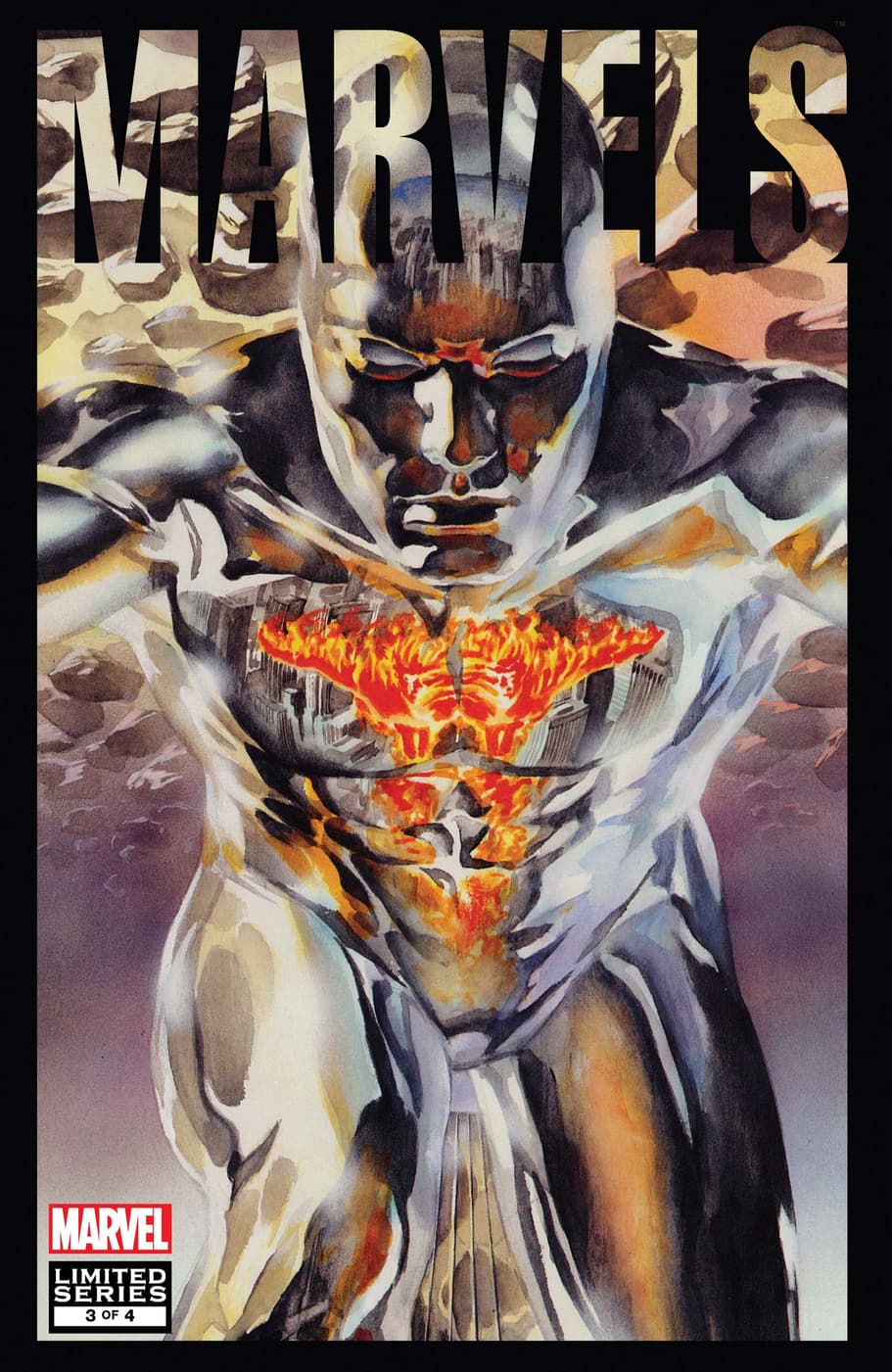
And if you buy the modern Marvel stuff, well, the X-Men and Avengers are different characters, but from having read MARVELS, you know their roots. You know the foundations, and that gives you the knowledge to move on from there—and due to the story, a reason to think about it, to care about it.
If we’d intended to do that, we wouldn’t have skipped over the debut of the FF. But we were telling Phil’s story, not intending it to be a historical introduction.
Still, it works that way, and I think that’s part of why it’s stuck around. Aside from the fact that we did a good book, and it lasts on those grounds, too.
Where did the concept for MARVELS SNAPSHOTS come from? How did you develop the project?
When we started talking about MARVELS EPILOGUE (2019), Marvel was interested in doing more than just that to celebrate the 25th anniversary. So Alex and Tom Brevoort and [Marvel Editor-in-Chief] CB Cebulski and I talked things over and threw around ideas. MARVELS ANNOTATED (2019) came out of that, as did things like the MARVELS POSTCARD BOOK and the MARVELS POSTER BOOK, ways to repackage already-existing stuff into fun packages.
Other stuff got suggested, too, including the podcast series from Stitcher, and MARVELS X (2020) and the MARVEL (2020) anthology. I don’t know who suggested MARVELS SNAPSHOTS, but it was initially tossed out as “new stories in the MARVELS mode, but with different ‘ordinary people’ and different creators,” with me overseeing it.
At one point, it was going to be all stories set after EYE OF THE CAMERA (2008), so it covered stuff Phil couldn’t have seen, and there were a few other spins on it. Someone called it SNAPSHOTS early on, as a reference to Phil’s photography, but, you know, smaller, more casual.
As I messed with it, though, it seemed like it was worth playing with the whole Marvel timeline, not artificially limiting it. Even if it was something that Phil could have seen, the fact that we were telling the story through someone else’s eyes meant it’d be a different story. So why not use the whole range of possibility?
Alex liked the fact that we started with Namor and the Torch—even if it’s not the original Torch, it still feels like the beginnings of Marvel, and we bring it all the way up to the current Captain Marvel and Ms. Marvel, so we have a nice sweep of history in there.
What characters did you feel like needed to be at the center of these one-shots?
It wasn’t specifically a set of characters I thought we should use, so much as interesting situations and viewpoints. I wanted variety more than anything else. If we were going to have different voices, let’s make them really different—not just different creators, but the viewpoint characters should be very different, too. And some of the stories would center a Super Hero, and in others the Super Hero or super-event would just be context.
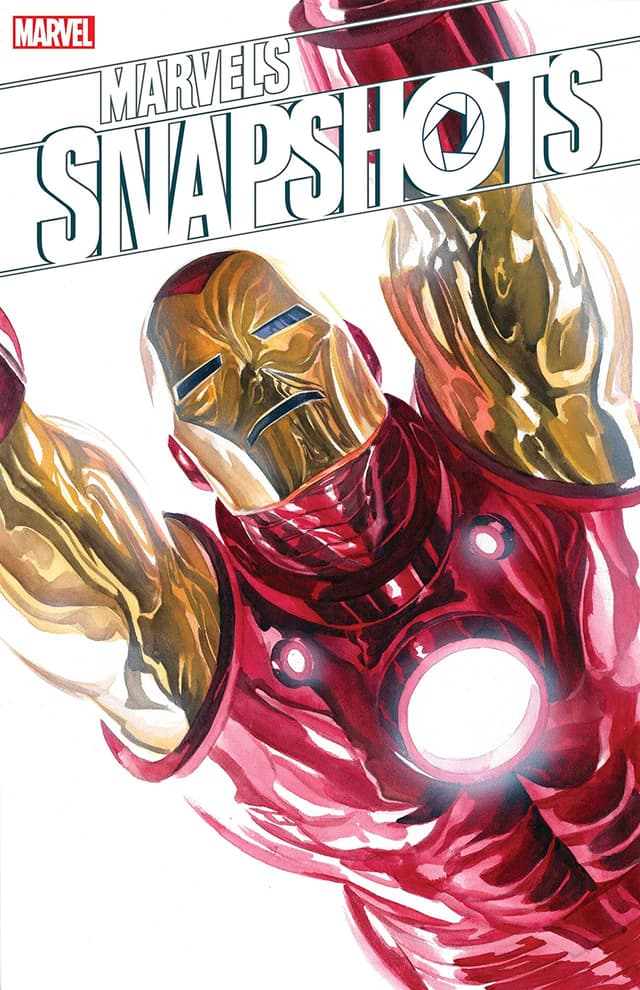
So I started thinking about story ideas. Doing something with [early Johnny Storm love interest] Dorrie Evans had been on my list for a potential MARVELS sequel way back when, so that went on my list—let’s see a Super Hero through the eyes of a girlfriend. Some of the other ideas were genre-specific; I wanted a crime story about low-level crooks dealing with Marvel Manhattan, and it made sense that Spider-Man would be involved with that. I thought it’d be fun to do a romance, the story of a couple falling in love against the backdrop of destructive Super Hero adventures, so that went on the list. That sort of thing.
I ended up with six or seven ideas, then came up with more—what’s it like to be an ordinary Deviant in the Deviant city? What was it like for the people whose neighborhoods got destroyed in the Madbomb epic [from CAPTAIN AMERICA]? That sort of thing. And Tom Brevoort and I winnowed them down, trying to make sure we had a nice balance of characters and approaches. We couldn’t fit them all in—sorry, Deviants, no room for you!—even after we bumped the line up from six books to eight. But that’s how it got worked out, at least loosely.
Things changed along the way, and we knew they would, so I was staying flexible.
Who were the first creators you approached for SNAPSHOTS and why?
Aside from Alex, of course, who did knockout covers for the whole run, the first person I approached was Alan Brennert. I love his work, and he’d been very influential on Astro City, so I had to try to get him. I figured he was going to say no; he hadn’t written comics in close to 20 years, and he had novels to write. But I figured I should at least try.
I loaded the bases as well as I could, too; I knew he likes Golden Age comics, and one of his novels was about Palisades Park, so I knew he’d done all the research he needed for that. So I pitched him the idea that it was a Betty Dean story about taking Namor to Palisades Park after the end of the war. And as it turned out, he was planning to move and had his stuff packed up so he wasn’t writing right then, and had some time. So he said yes.
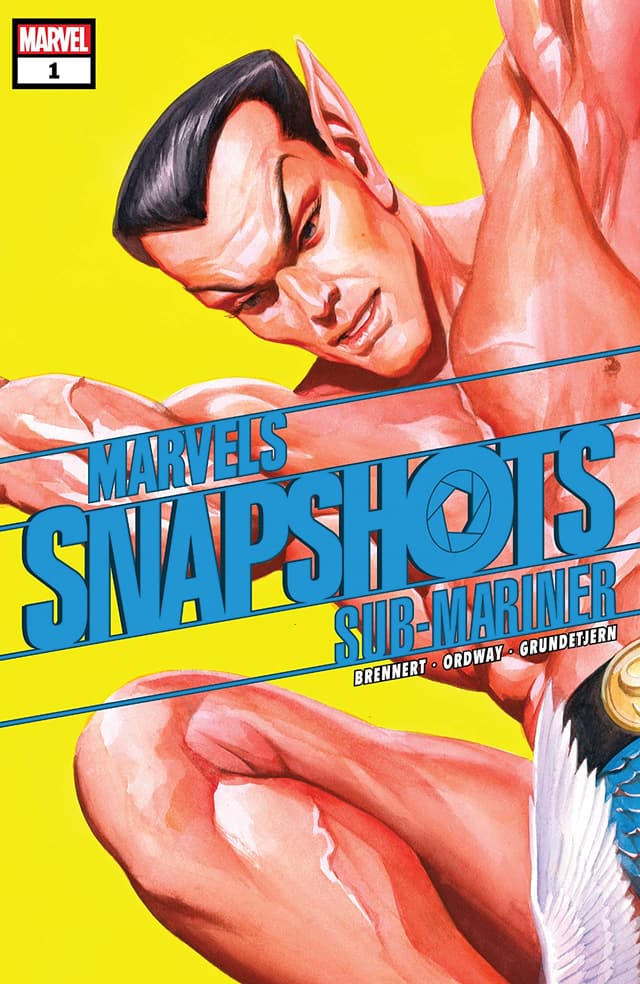
He’s told me since then that he was in as soon as I said, “Betty Dean,” but the Palisades Park setting turned out to be useful, too.
I even had a backup idea: his other novels are mostly about Hawaii, so maybe we could do a story about Carol Danvers, shortly before she becomes Ms. Marvel, on a book tour—she’d written an expose about her time as security chief at NASA—in Hawaii, and, um, something happens that she witnesses. We didn’t ever have to figure out what, because Alan was all-in on Betty and Namor.
I think the next person we asked was Jerry Ordway, because he’s a wonderful artist and he’s had to draw the 1940s a lot, so he’d pair up well with Alan. I expected him to say no, too, but he said yes. For quite a lot of the process, people just said yes right away, which was very gratifying.
I knew I wanted Howard Chaykin for the crime story, because Howard’s great at doing stories about lowlifes in the world of crime; I wanted to see him translate that to a context with Super Heroes and SF technology, but still keep it at heart a story of criminals getting by.
I wanted Evan Dorkin, Sarah Dyer, and Benjamin Dewey as a package, because they’ve done such wonderful work on Beasts of Burden and because Evan clearly loves the minutiae of early Marvel history—so why not get them to do the Human Torch story, and explore both that fanboy detail and the depth of feeling in the Beast of Burden stories? And Ben’s a fantastic artist, so I wanted to give him a platform where he could show off.
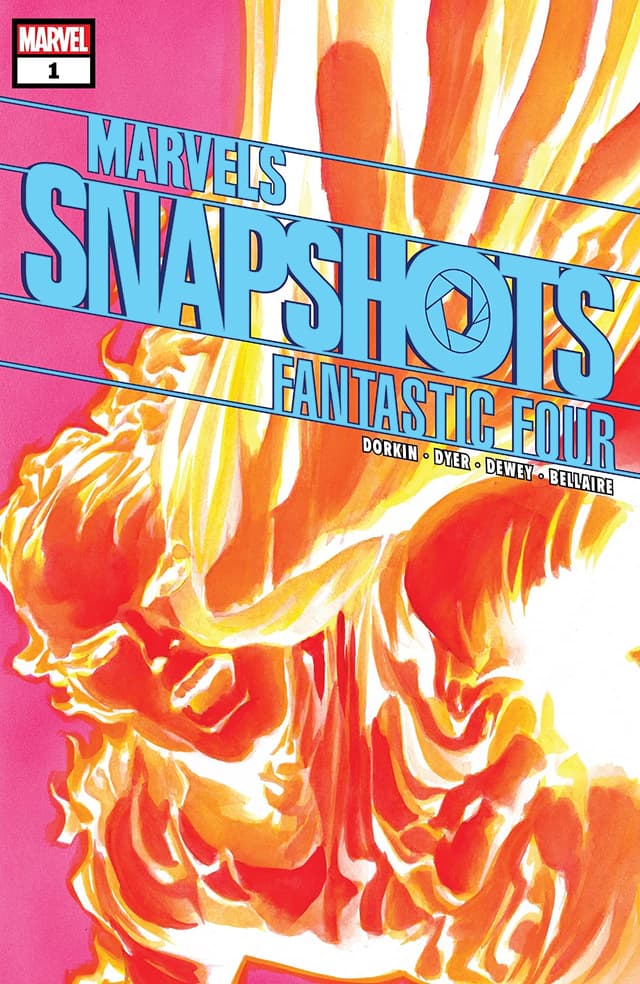
It went on from there; I had an approach to a Cyclops story that I knew Jay Edidin would do a perfect job on, I want Barbara Kesel to write something and she picked the romance story. I thought Staz Johnson would be ideal at bringing that [John] Byrne/[George] Perez Avengers era to life in a lively way, and so on.
In the end, I wanted variety; I wanted creators who go back farther than I do, and I wanted new people. I wanted people who’ve done a lot for Marvel and know it inside out, and I wanted new perspectives. I wanted some classic Super Hero art and some current exciting graphic approaches, and people you wouldn’t think of as Super Hero artists but who could bring out the humanity of it all.
In the end, I think it’s a really impressive set of stories. As I write this, one’s out, one’s at the printer, one’s about to got to the printer, two are being lettered and colored, and three are being drawn. But they’ve all been coming out really well, and I think people will be consistently surprised by the different ways we get into Super Hero history and the human experience of it.
I’m eager to see them all come out.
Walk us through the development of THE MARVELS...
It’s funny—THE MARVELS goes back a long way, in multiple ways.
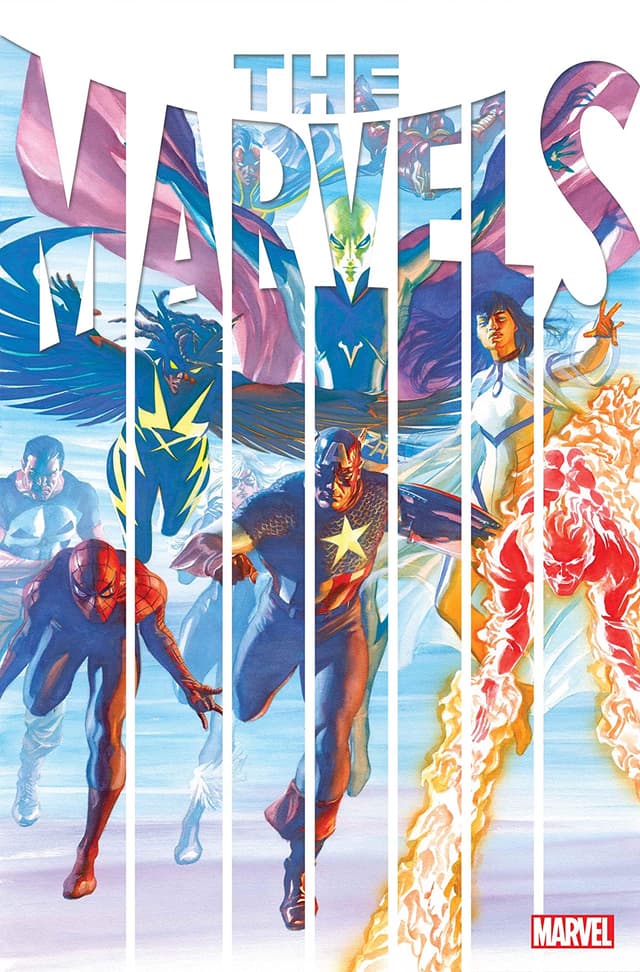
On the one hand, back when I was doing AVENGERS, there was this constant buzz that they should be all the top names; Wolverine and Punisher and Ghost Rider and Spider-Man on the team, which Brian Bendis actually did—at least some of—later on. But that’s not the Avengers I wanted to write. So I suggested to Tom that maybe that idea could be a new book, a team called the Marvels, where you mix and match the most-popular heroes in globe-spanning Tom-Clancy-like thrillers.
We talked about it some, but I was so busy we never did go anywhere with it.
And I’d suggested a crossover idea that involved explaining some various continuity and how it had changed over the years, and we never went too far with that, either, but it would have had pieces of the story going back to WWII and to the time just before the FF became Super Heroes, and there’d be this Iron Man part to it, and a Spider-Man part…
In the end, I realized that if we did the story as a “continuity-fix” project, it’d feel like a story being done to fix continuity, and those can feel forced. But if we just blew off the idea that we were explaining anything and did it as a straight-ahead multi-thread thriller, it was a cool “Big Adventure,” and who cares if it explains anything? It’d be fun just because it sprawls all over time and has lots of characters in it.
So when we were talking about MARVELS-related projects, I kinda merged the two. I suggested a series that used that idea of bringing together big popular characters in Clancy-esque adventures, and doing stories that could sprawl all over the Marvel Universe and the Marvel timeline, and basically go anywhere, do anything, use any hero.
It could be, I thought, an evolution of the MARVELS approach, not one guy’s experience of a Super Hero world, but a multi-faceted exploration of Marvel, where we’d see characters maybe in different lights, see the human side of them in ways other than the usual, but also have the big sprawling adventures. And we’d have some new characters, who’d give us a fresh take on things, and revamp some older characters…
…and it developed into something that wasn’t either idea I’d had back when, but had their DNA in it. It’s been a lot of fun, so far.
You worked on a sequel to Marvels previously with EYE OF THE CAMERA, but how has this anniversary celebration and the projects that spun out of it been different?
Well, EYE OF THE CAMERA was a direct sequel—it was "so what happens to Phil next, and can we have him going out and about in New York seeing the Marvel events of the '70s and '80s?” It was “let’s do more of what MARVELS was.”
We did a little of that with MARVELS EPILOGUE, but there was no way we could do a third round of Phil exploring Marvel history. For one thing, after EYE OF THE CAMERA, he’s really not available to do it. And for another, EYE OF THE CAMERA represented a huge amount of research, much more than MARVELS did. In the era covered by MARVELS, Marvel was mostly publishing a dozen or so books a month, maybe up to 20 by the end? By the end of EYE OF THE CAMERA, we’re in a period where Marvel was publishing 60-80 books a month, maybe more, and Roger Stern and I had to research them all to figure out what we could and couldn’t do.
By the '90s, it’s even worse—there are so many books. I can’t handle that much research!
But SNAPSHOTS is more compact; each one of them happens with a specific focus, not covering a decade or more of the whole universe. And it’s been a blast to work as a curator—which is a lot like being an editor, but I get to do the fun parts and make folks at Marvel do the hard stuff. And I get to help frame out and realize stories with writers and artists I admire.
MARVEL is very much Alex’s book, and I’ve pitched in as invited—writing the Steve Rude story in the first issue, helping plot the framing story—but mostly I’ve gotten to watch Alex put this amazing creative and visual treat together.
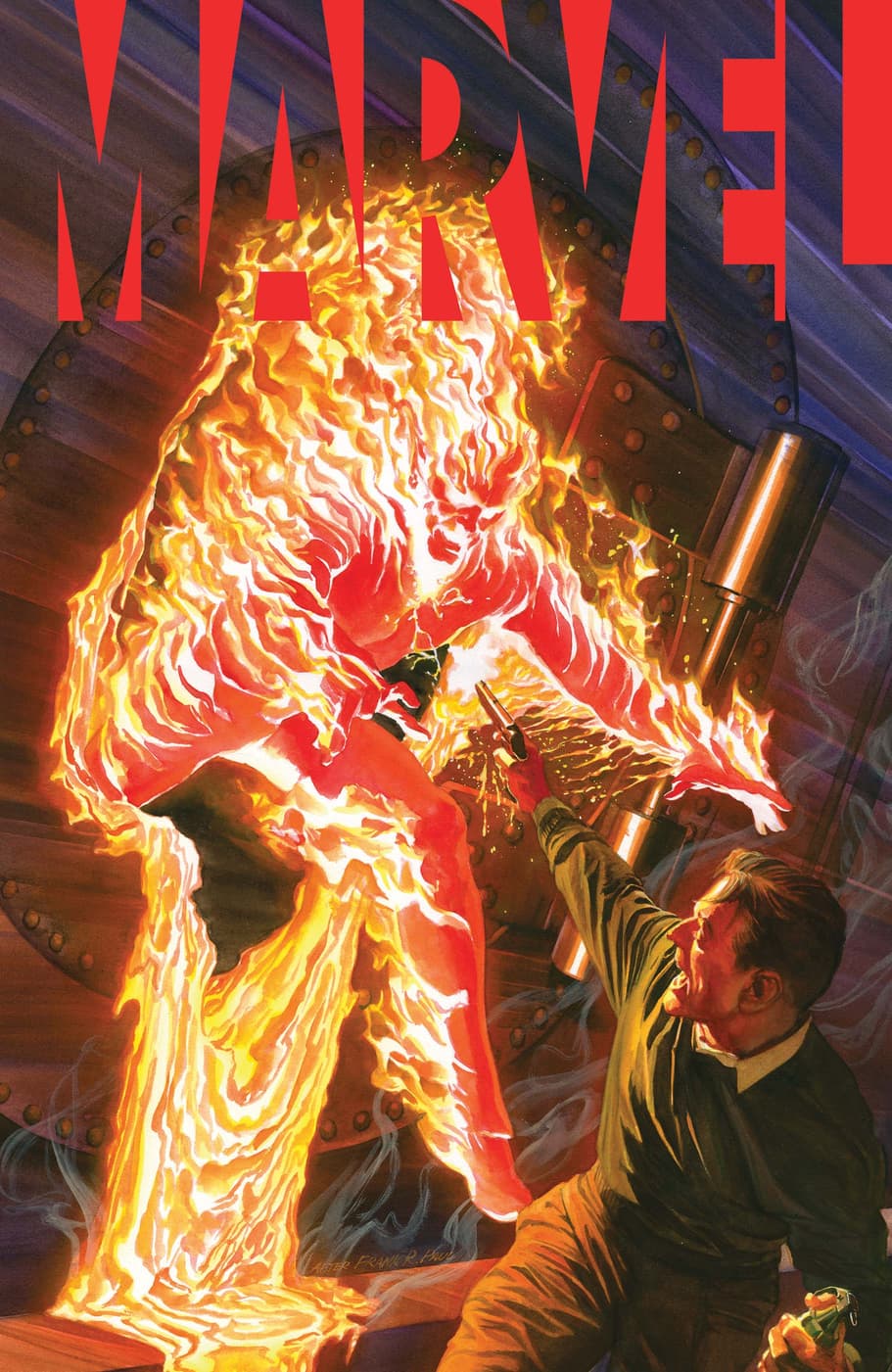
And THE MARVELS is a whole different kind of series, where I’ve been given the Marvel Universe as one big sandbox, and I get to bring everything I’ve learned about making comics since I did MARVELS, and my love for the whole weird, wild history of the Marvel Universe, into one open-ended package. It’s a very different book, and it’s really invigorating to do.
I’m thrilled that after 25 years—more than that, now—Marvel readers are still interested in MARVELS, and we have the chance to do these new things. So I’m glad they’re all so different, giving all of us—both creators and readers—a new kind of experience that spins out of what we started back in the days when we were just scuffling creators with a cool idea.
I’m hoping readers will be as excited by it all as we are.
Read MARVEL #1 at your local comic shop today! Snag FANTASTIC FOUR: MARVELS SNAPSHOTS next Wednesday, March 25! And pre-order THE MARVELS #1 before picking it up this May!
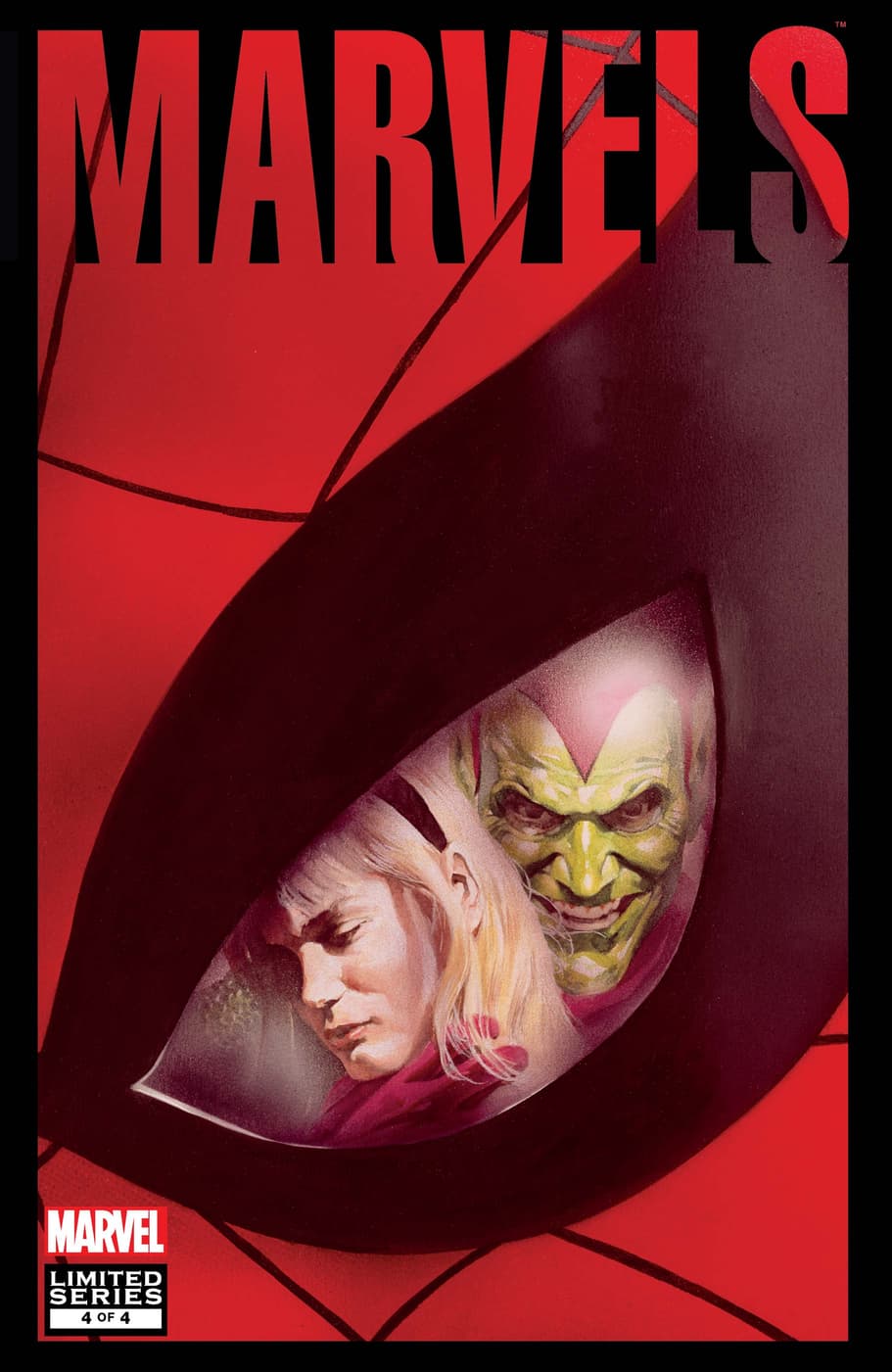
The Daily Bugle
Can’t-miss news and updates from across the Marvel Universe!
